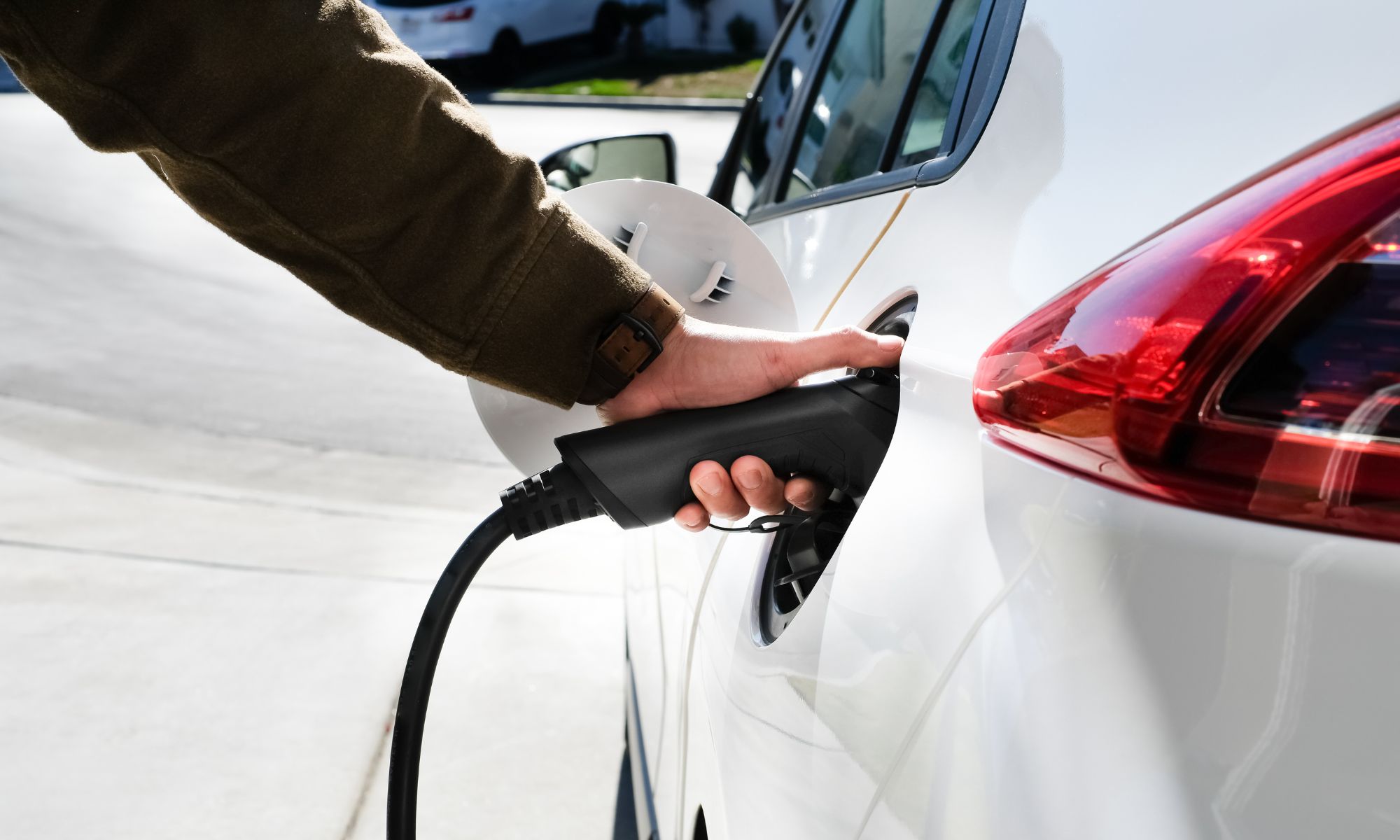Choosing the right light bulb can make a significant difference in energy consumption, lighting quality, and overall atmosphere in your home or office. In Canada, several types of light bulbs are available, each with unique characteristics and benefits. Here’s a breakdown of the most common types to help you make the best choice for your space.
1. Incandescent Bulbs
Overview: Incandescent bulbs are the traditional light bulbs many of us grew up with. They produce light by heating a metal filament inside the bulb until it glows.
Pros: Incandescent bulbs provide warm, cozy lighting and are often inexpensive upfront. They work well for accent lighting and decorative fixtures.
Cons: They consume more electricity and have shorter lifespans compared to other bulbs, typically lasting only 1,000 hours. This makes them less energy-efficient, and they are gradually being phased out in favor of more efficient options.
Best For: Decorative fixtures, accent lighting, and spaces where warm light is preferred.
2. Halogen Bulbs
Overview: Halogen bulbs are a type of incandescent bulb but operate at a higher efficiency due to the addition of halogen gas, which increases lifespan and brightness.
Pros: Halogens are brighter and more energy-efficient than traditional incandescents, and they also have a warm color temperature. They provide more focused light, making them ideal for task lighting.
Cons: Halogen bulbs are more expensive than standard incandescent bulbs and generate a lot of heat. They’re less energy-efficient than LEDs and CFLs, though they perform better than traditional incandescent bulbs.
Best For: Task lighting, track lighting, and outdoor lighting where focused, bright light is needed.
3. Compact Fluorescent Lamps (CFLs)
Overview: CFLs are a more energy-efficient alternative to incandescent bulbs. They contain a small amount of mercury, which creates ultraviolet light when excited by electricity; this UV light then turns into visible light through a phosphor coating.
Pros: CFLs use about 70-80% less energy than incandescent bulbs and can last up to 10,000 hours. They’re available in various color temperatures, from warm to cool light.
Cons: CFLs take a few seconds to reach full brightness, and they contain mercury, which requires special disposal. Some CFLs may not be dimmable.
Best For: General household lighting, such as table lamps and overhead fixtures.
4. Light Emitting Diodes (LEDs)
Overview: LEDs are the most energy-efficient lighting option on the market. They produce light by passing electricity through a semiconductor, which emits photons.
Pros: LEDs use up to 90% less energy than incandescent bulbs and can last up to 25,000 hours or more. They produce minimal heat, offer instant full brightness, and are available in a wide range of color temperatures and styles. LEDs are also highly versatile and come in dimmable and non-dimmable versions.
Cons: LEDs can be more expensive upfront, though they save money in the long run due to their long lifespan and efficiency.
Best For: Virtually any indoor or outdoor lighting needs, including recessed lighting, accent lighting, and task lighting.
5. Smart Bulbs
Overview: Smart bulbs, typically LED-based, are Wi-Fi-enabled light bulbs that can be controlled remotely through apps or voice commands.
Pros: Smart bulbs can change colors, dim, and operate on schedules, offering unmatched customization. They’re often compatible with smart home systems, like Google Home and Alexa.
Cons: They are more expensive than regular LEDs and may require a stable internet connection for full functionality. Some smart bulbs may require a compatible hub.
Best For: Homeowners who want customizable lighting options and remote control, especially in living rooms, bedrooms, and entertainment areas.
6. Fluorescent Tubes
Overview: Often seen in commercial or industrial settings, fluorescent tubes are linear lights commonly used in fixtures that require long, continuous lighting.
Pros: Fluorescent tubes are energy-efficient and provide bright, even lighting over large areas. They’re cost-effective for illuminating larger spaces like garages and basements.
Cons: They contain mercury and need specific disposal. Fluorescent tubes may flicker or hum over time, which can be bothersome for some people.
Best For: Large spaces such as basements, garages, offices, and industrial settings.
Choosing the Right Light Bulb for Your Needs
With so many options, selecting the right light bulb in Canada depends on the intended purpose and the ambiance you want to create. For instance:
- Energy Efficiency: LEDs and CFLs are the most energy-efficient.
- Cost-Effectiveness: CFLs and fluorescent tubes offer efficiency at a moderate price.
- Mood & Atmosphere: Incandescents and warm-colored LEDs are ideal for creating a cozy feel.
- Smart Options: Choose smart bulbs if you want control over color and brightness from your device or voice assistant.
Each type of light bulb has its place, so considering your specific needs will help you choose the best option. And with energy-efficient options, you’ll enjoy lower bills and a smaller environmental footprint.


